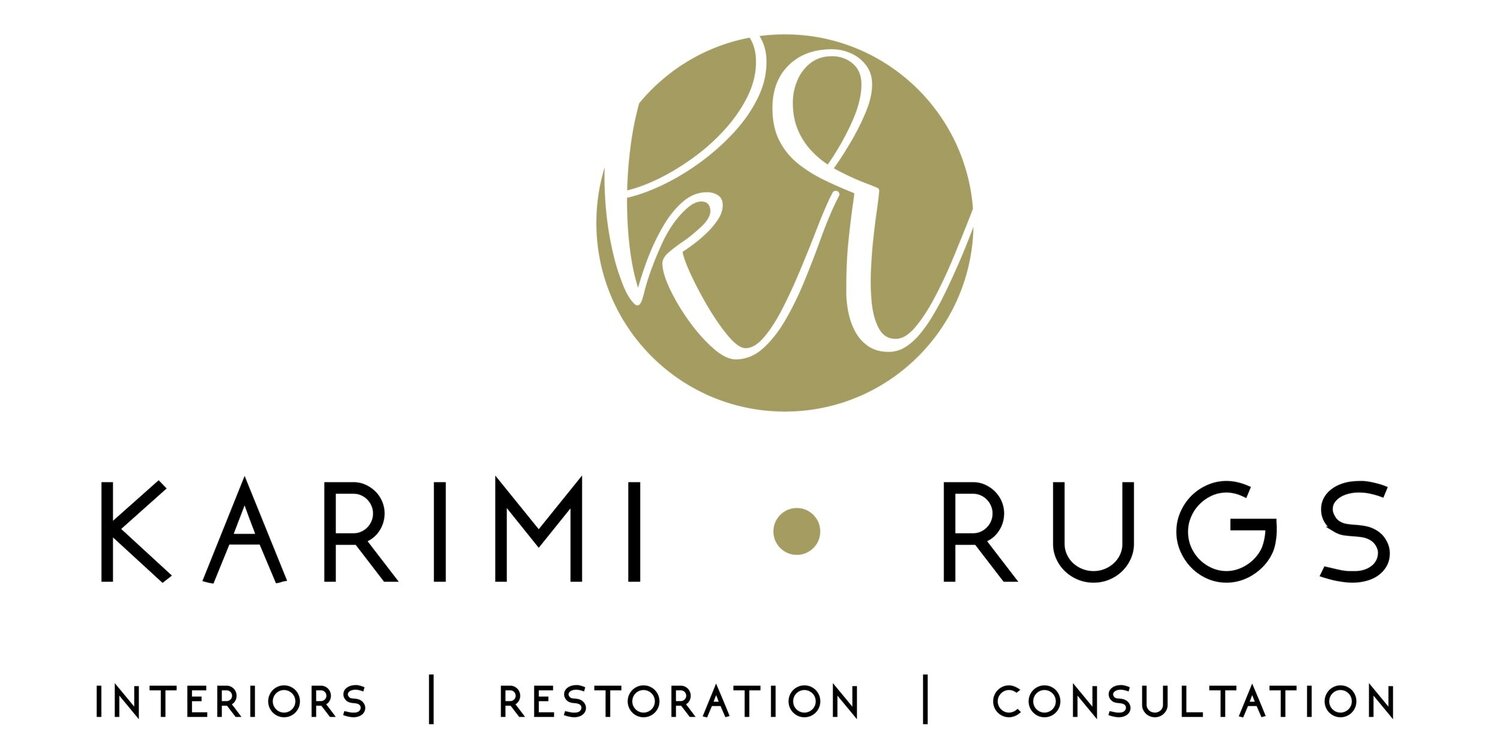Oriental rug Repairs
An In Depth View
The process of rug restoration is extensive and requires years of training. Usually a through clean is needed before any repair works can begin so matching wool colours and working on foundations for example in the case of tears etc can be done to the most exacting standard. We cover all types of restoration for handmade rugs and have dedicated the majority of our lives to the process. Our level now is such that we like to see if our clients remember or can find where the damage was in the first place after we restore.
Rebuilding Foundations
Rebuilding foundations is a lengthy process and is done when tears or large holes occur. the rug is first stretched out and fixed in place to ensure a correct amount of tension along the entire piece.
Securing The Weft
The arduous task on working in the foundations begins. Line by line we rebuild the base of the rug securing it into the original foundations in a seamless manner.
Replacing The Pile
As the lines of foundation which can either be wool, cotton or silk are in place, we begin to re-pile the missing knots. The knots in a handmade rug are added one by one, tied around the foundation and secured in with compounding lines of cotton, silk or wool know are the weft.
Re-piling Finished
Once the re-piling has been completed a visible area can be seen of where the new knots have been placed due to their varying length compared to the original.
the Final Cut
The final stage is to shave down the pile of the new knots. This allows for the pattern to become visible as each knot is colour matched to the original with the same patter repetitions carefully observed.
Fringe restoration
The fringe is usually one of the first things to get damaged with general use. It is actually made up of the foundations as shown above and travels the entire length of the rug from one end to the other.
Damage removal
We first remove the damaged foundation lines known as the weft and some knots of the rug to create a symmetrical line to work with.
Replacing the Weft
After the symmetry has been achieved we then tie back in the weft lines to the length of the foundation know as the warp. This creates a first support against the knots and immediately stops the ends from getting further damage as well as creating a clean looking border.

